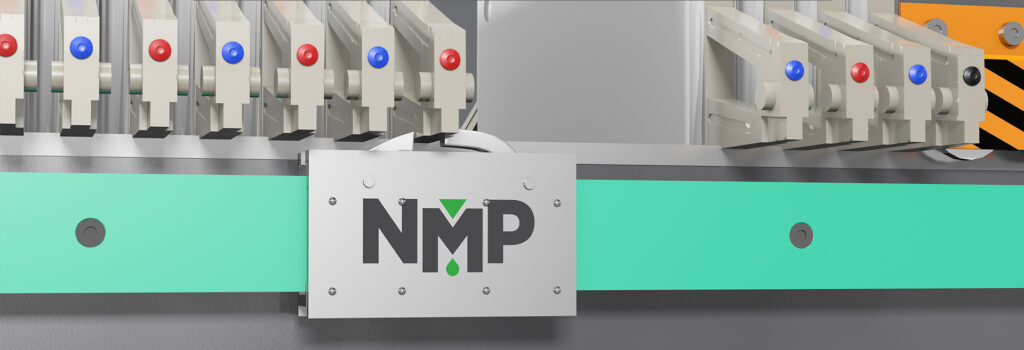- Company
- Products
- Filter Presses
- Recessed Filter Press
- Membrane Filter Press
- Plate & Frame Filter Press
- Semi-Automatic Filter Press
- Fully Automatic Filter Press
- High Pressure Filter Press
- CGR Zero leakage Filter Press
- Manual Filter Press
- Dialyser Filter Press
- Hand Hydraulic Filter Press
- Round Plate Filter Press
- Stainless Steel Filter Press
- Heat Stabilised Filter Press
- Overhanging Filter Press
- Filter Plates
- Automation & Auxiliary
- Filter Cloths
- Filter Presses
- Services
- About Us
- FAQs
- Blogs
- Application
- Gallery
- Contact Us

Chimodia Naka, Near Railway, Crossing Bilimora, Bilimora - Gujarat (India.) - 396321.
Request a Quote
Looking for a quality and affordable builder?

Toll Free
1-800-987-6543
Contact details
- Company
- Products
- Filter Presses
- Recessed Filter Press
- Membrane Filter Press
- Plate & Frame Filter Press
- Semi-Automatic Filter Press
- Fully Automatic Filter Press
- High Pressure Filter Press
- CGR Zero leakage Filter Press
- Manual Filter Press
- Dialyser Filter Press
- Hand Hydraulic Filter Press
- Round Plate Filter Press
- Stainless Steel Filter Press
- Heat Stabilised Filter Press
- Overhanging Filter Press
- Filter Plates
- Automation & Auxiliary
- Filter Cloths
- Filter Presses
- Services
- About Us
- FAQs
- Blogs
- Application
- Gallery
- Contact Us

Chimodia Naka, Near Railway, Crossing Bilimora, Bilimora - Gujarat (India.) - 396321.
Request a Quote
Looking for a quality and affordable builder?

Toll Free
1-800-987-6543
Contact details
Request a Quote
Looking for a quality and affordable builder?
How does a plate filter press work?
- Home
- How does a plate filter press work?
How does a plate filter press work?

What Is a Plate Filter Press and What Are Its Key Components?
Keywords: Plate filter press, filter press components, industrial filtration, sludge dewatering, filter press pump, plate and frame filter press, filter press working, N M Patel & Co., wastewater treatment
Introduction to Plate Filter Press
A Plate Filter Press is an industrial filtration machine designed to separate solids from liquids in dense fluids, sludge, or slurry. This equipment is crucial for solid-liquid separation and is widely used in:
Chemical processing plants
Metallurgical and mining industries
Battery recycling facilities
Food and beverage industry
Pharmaceutical manufacturing
Wastewater treatment plants
Filter presses are recognized for their efficiency, reliability, and cost-effective operation, particularly in applications requiring high-quality filtration and moisture reduction in filter cakes.
Core Components of a Plate Filter Press
While automation levels and design details may vary, most plate filter press machines share the following essential components:
A sturdy frame with a fixed head, a jack mechanism, and a movable head
Filter plates, often made from polymer or metal, configured to form filtration chambers
Hydraulic cylinder, responsible for shifting and compressing the filter plates
Hydraulic power unit, which activates the cylinder to apply necessary pressure
Feed pump, used to inject sludge or slurry into the filtration chambers
Optional and Advanced Features
Depending on application complexity and automation needs, a plate filter press may include:
Electrical control panel to manage filtration cycles
Framework for pneumatic valves for streamlined flow control
Safety guards for secure operations
Photoelectric barriers or mobile guards to ensure operator safety during interventions
Automatic plate opening systems
Filter plate shaking mechanisms to aid in cake discharge
Sludge Collection with a Plate Filter Press
Sludge is introduced into the filter press via a feed pump, making the pump a critical component of the entire system. In fact, even if some other functions fail temporarily, filtration may still proceed—but not without a functioning pump.
There are two common sludge handling setups:
Dual-element systems – A centrifugal pump is used for initial filling, followed by a volumetric pump for final filtration.
Single-variable feed systems – A cost-efficient option using one versatile pump.
The choice depends on process requirements, sludge characteristics, and cost considerations.
How Does a Plate Filter Press Work?
Here’s a step-by-step look at the plate and frame filter press process:
Closure: Hydraulic thrust cylinders align and compress the plates with significant pressure.
Feeding: Sludge is pumped into the chambers formed between plates.
Filtration: Liquids pass through filter cloths, while solids accumulate as a filter cake.
Dehydration Monitoring: Once optimal pressure and clear filtrate flow are achieved, the system signals completion.
Discharge: The feed pump is stopped, pressure is released, and plates are separated to discharge the dried cake.
This systematic approach ensures maximum efficiency, minimal downtime, and optimal moisture removal.
Why Choose N M Patel & Co. for Filter Press Solutions?
At N M Patel & Co., we specialize in designing and delivering custom-built plate filter presses and components to suit diverse industrial applications. Our comprehensive range includes:
Spare parts such as plate handles, filter cloths, and membrane plates
Systems tailored for light, medium, or heavy-duty performance
Expert consultation to ensure the right fit for your process and budget
With a strong reputation in the filtration industry, N M Patel & Co. ensures durability, performance, and customer satisfaction in every solution delivered.